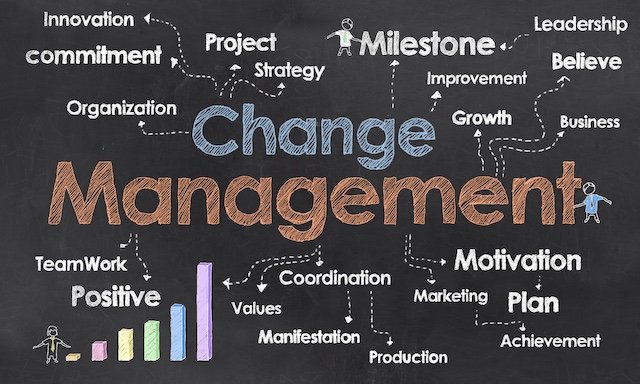Gamification in Business: What You Need to Know
Gamification in business involves integrating game-like elements and principles into non-game contexts, such as workplace environments, to engage employees, boost motivation, and enhance performance. By incorporating features like rewards, challenges, leaderboards, and point systems, businesses can make tasks more engaging and enjoyable. This approach taps into the natural human desire for competition, achievement, and recognition, encouraging employees to work harder, collaborate more effectively, and remain motivated in their roles. Gamification is increasingly being utilized in training, marketing, and employee performance management to foster more dynamic and productive work environments.
The Importance of Gamification in Business Success
Gamification has become a powerful strategy for businesses aiming to enhance employee engagement, productivity, and innovation. By incorporating game-like elements such as points, rewards, and leaderboards into everyday tasks, companies can transform routine work into more engaging and enjoyable experiences. This approach taps into intrinsic motivations like competition, achievement, and social interaction, which makes employees more invested in their work and likely to perform at higher levels. When employees feel challenged and rewarded, they are more focused, able to reach their goals, and often exceed basic expectations, leading to improved productivity.
One of the most significant advantages of gamification is its ability to enhance employee motivation. Traditional work environments often struggle to keep employees motivated, particularly during repetitive tasks that may feel disconnected from larger company goals. Gamification bridges this gap by introducing elements of fun and competition, encouraging employees to stay engaged and perform at their best. Whether it’s through earning badges, unlocking new levels, or competing for rewards, gamified experiences create a sense of accomplishment, making employees feel recognized and valued, which drives them to maintain high performance levels.
In addition to increasing motivation, gamification effectively fosters collaboration and team building. Many gamification systems promote group activities where employees work together to achieve shared goals or compete as teams. This collaborative approach encourages communication, cooperation, and the development of strong team dynamics, all of which are essential for success in any organization. By using gamification to create a more interactive and team-oriented environment, businesses can strengthen relationships among colleagues, improve morale, and enhance overall cohesion within the company.
Moreover, gamification can enhance learning and development in the workplace. Many organizations utilize gamified elements to facilitate training programs, allowing employees to learn new skills in a more engaging and effective way. Instead of relying on traditional, passive training methods, gamified learning experiences enable employees to apply what they have learned in real-time scenarios, making the process more interactive and impactful. This hands-on approach reinforces key concepts and improves retention, while also making the learning experience more enjoyable, ultimately leading to faster skill development and greater overall competence.
Finally, gamification plays a vital role in employee retention. When employees feel motivated, engaged, and valued, they are less likely to seek opportunities elsewhere. The increased sense of accomplishment and recognition that comes from gamified experiences helps create a positive work culture where employees are more likely to stay long-term. Furthermore, the added excitement and sense of purpose that gamification brings can help businesses attract top talent, as many professionals look for workplaces that foster a fun, dynamic, and rewarding environment.
In conclusion, gamification is an essential tool for businesses aiming to improve engagement, boost performance, and create a more positive and collaborative work culture. By integrating game-like elements into various business processes, companies can keep employees motivated, enhance teamwork, support learning, and increase retention—all while driving organizational success.




